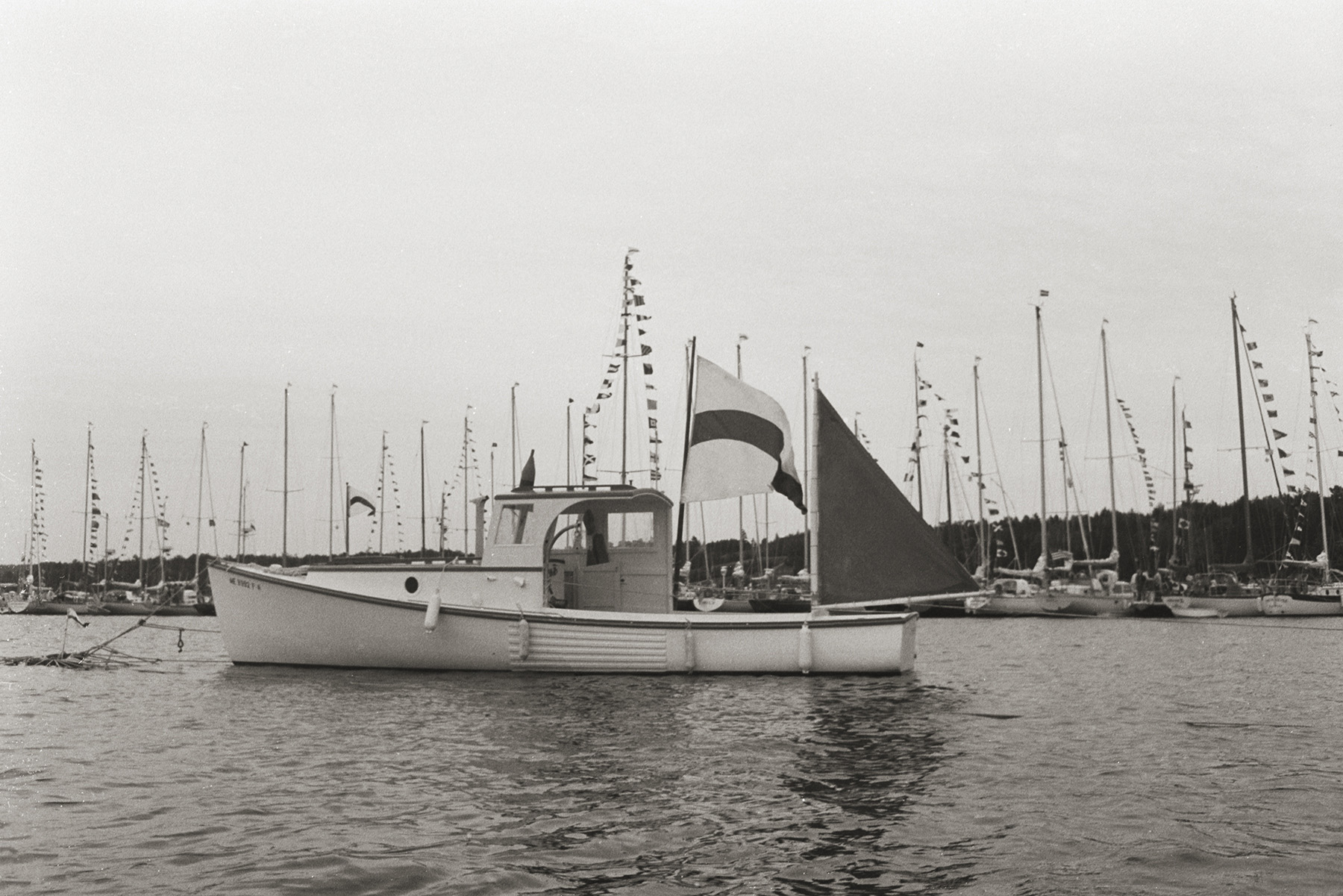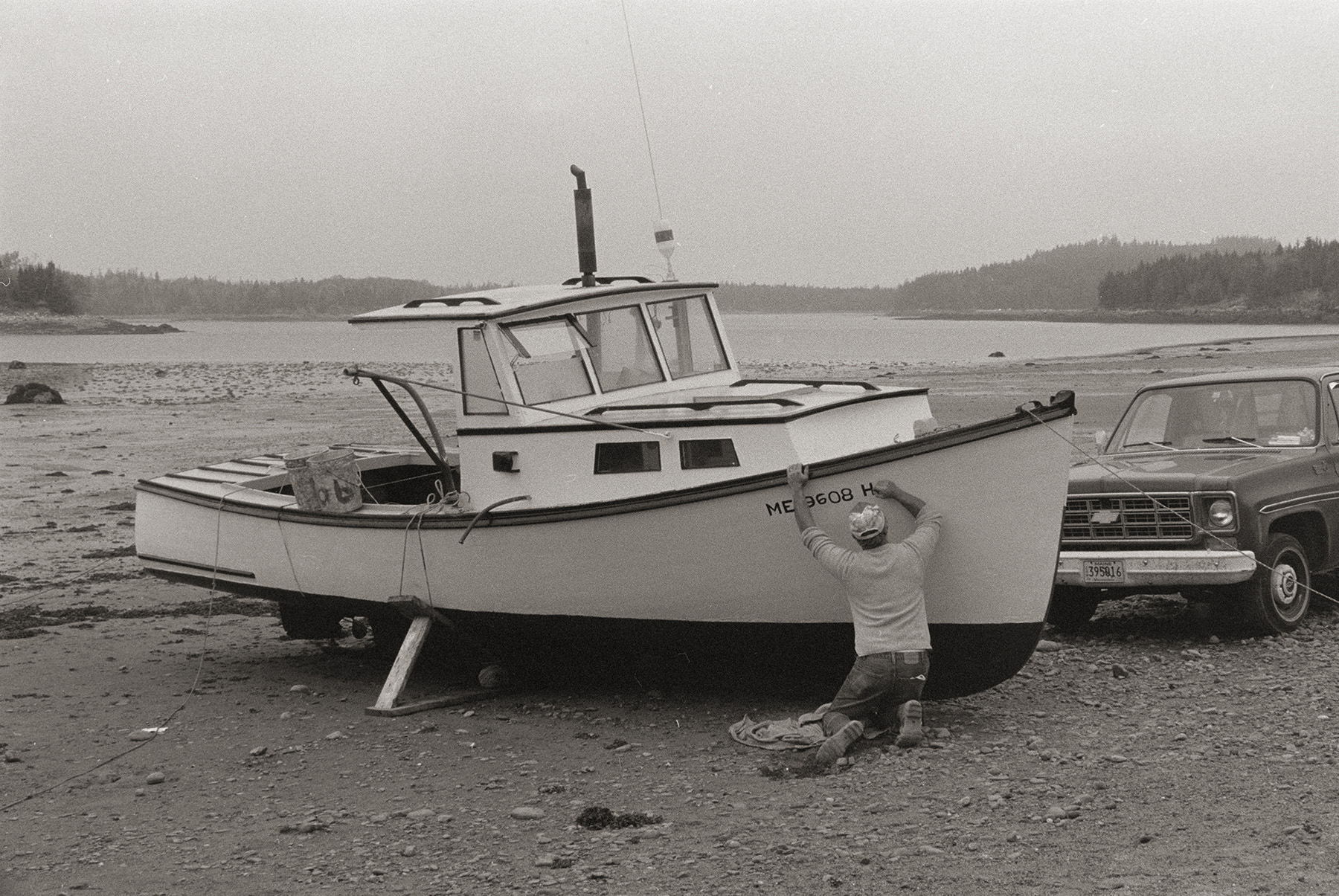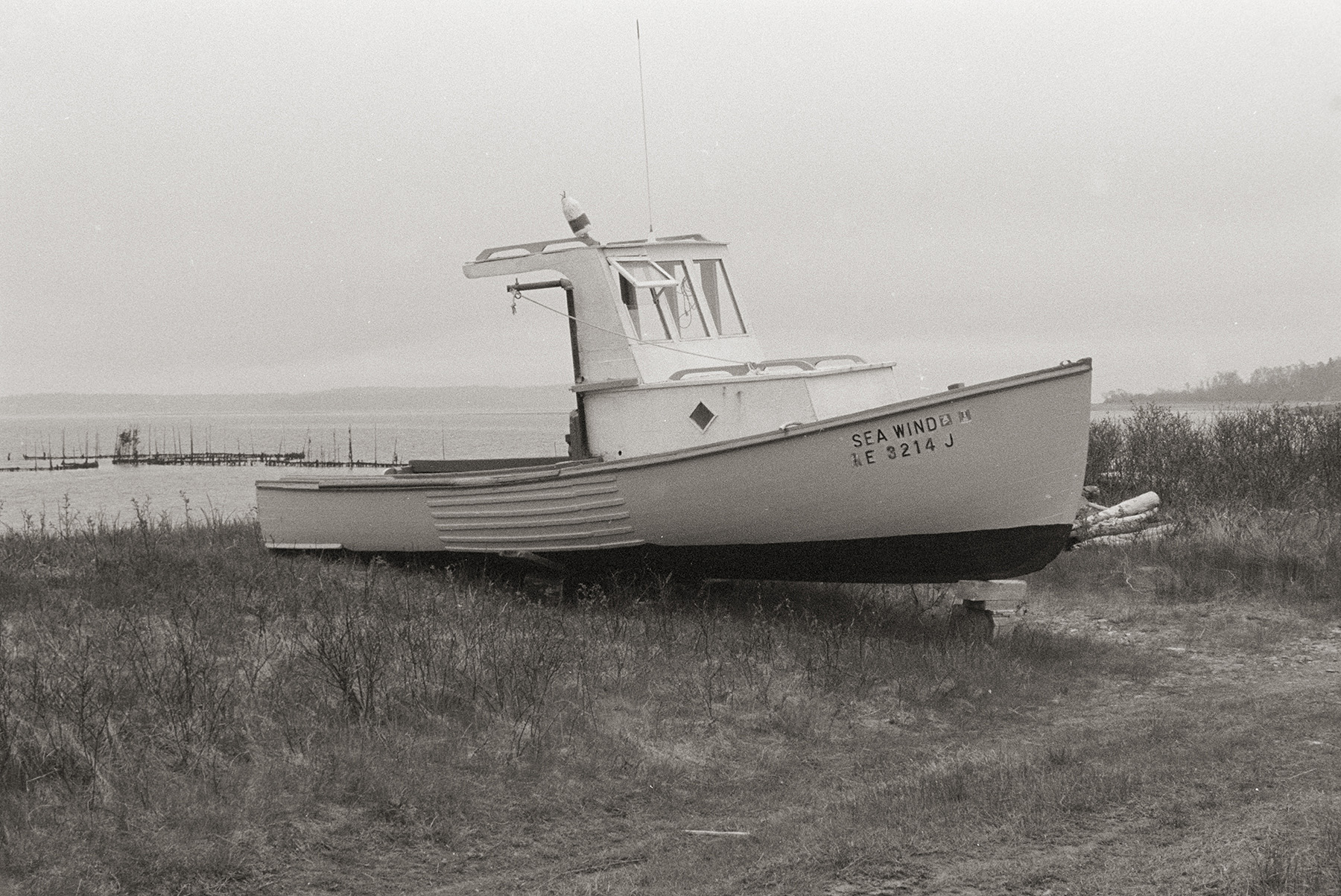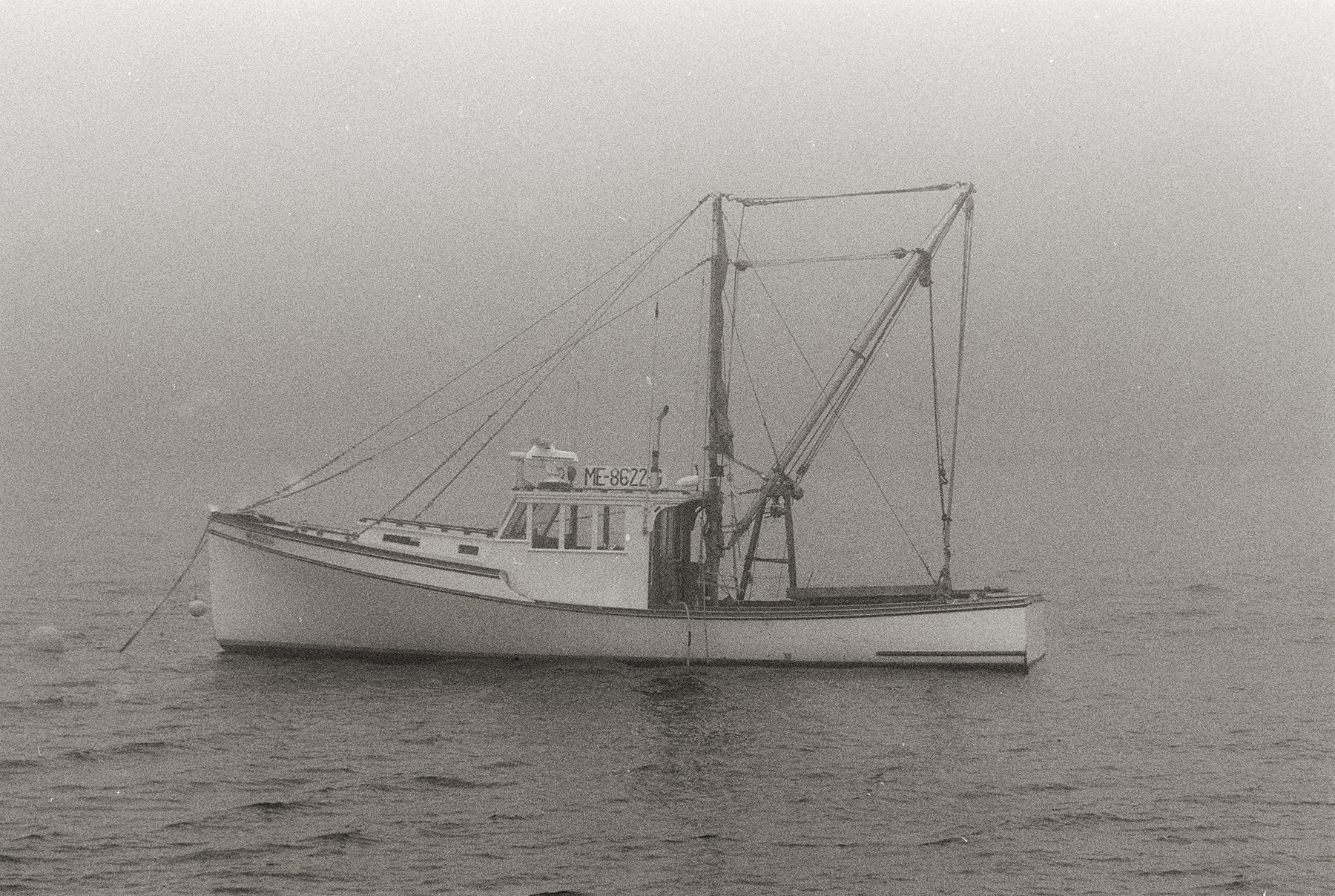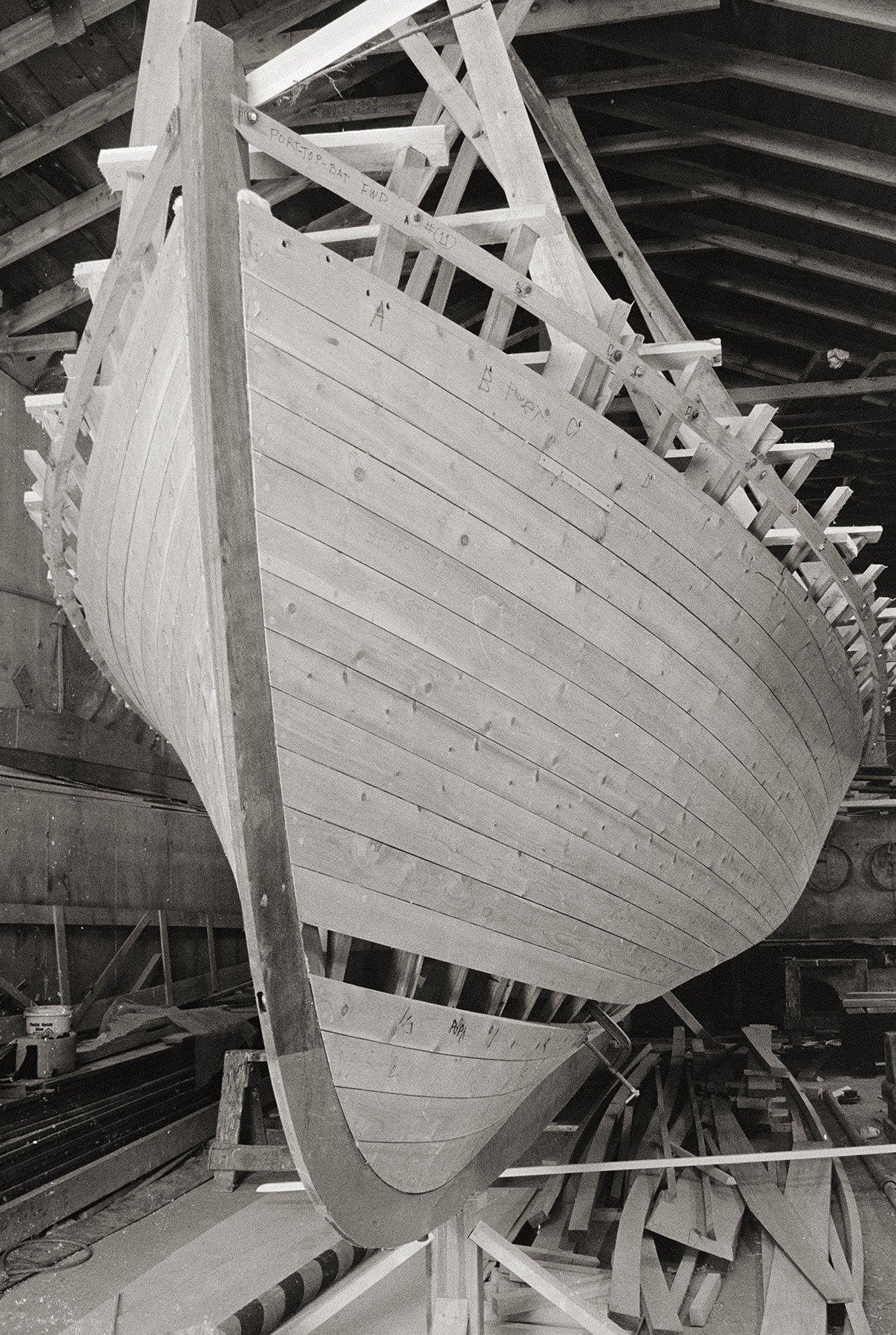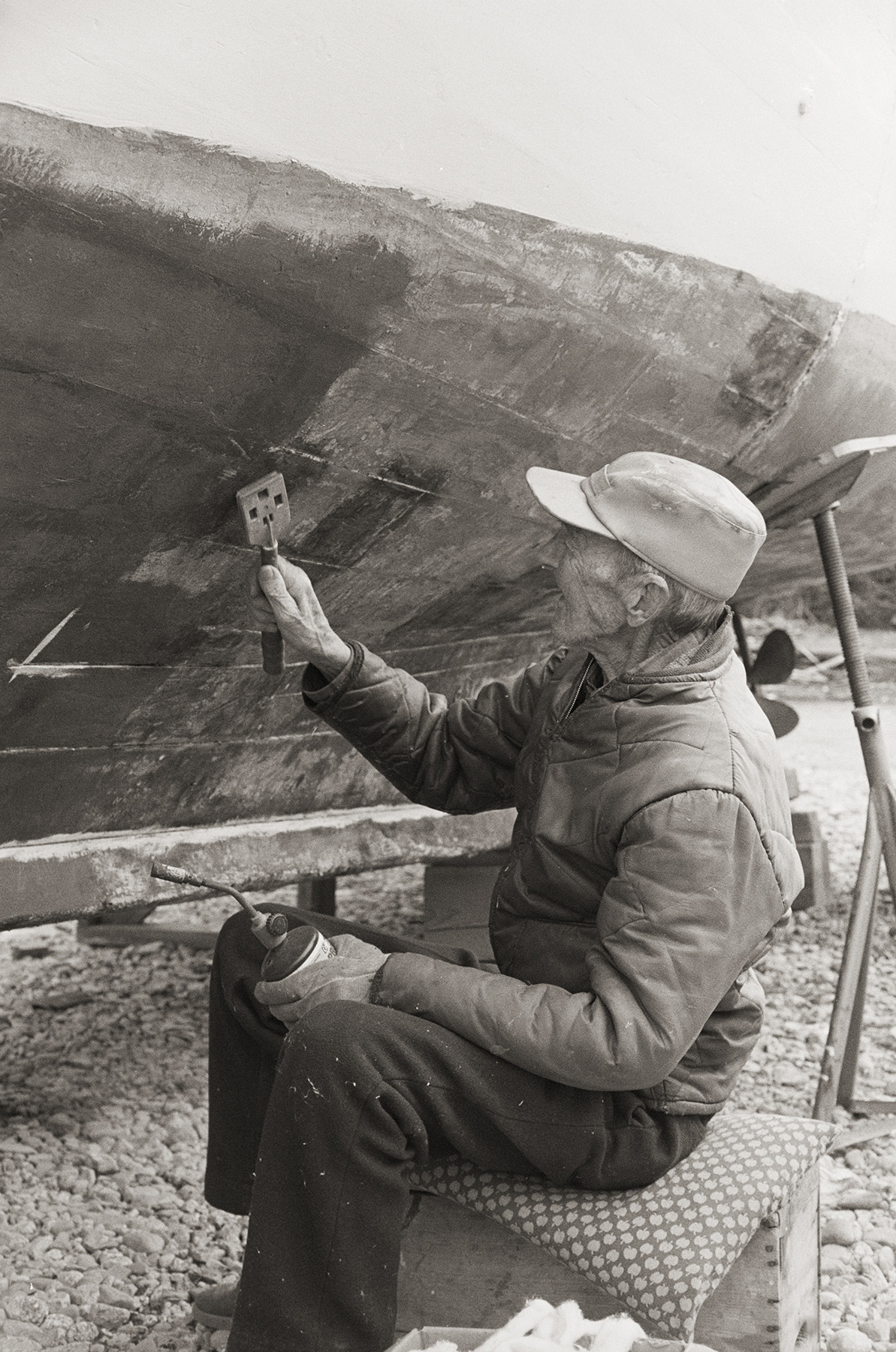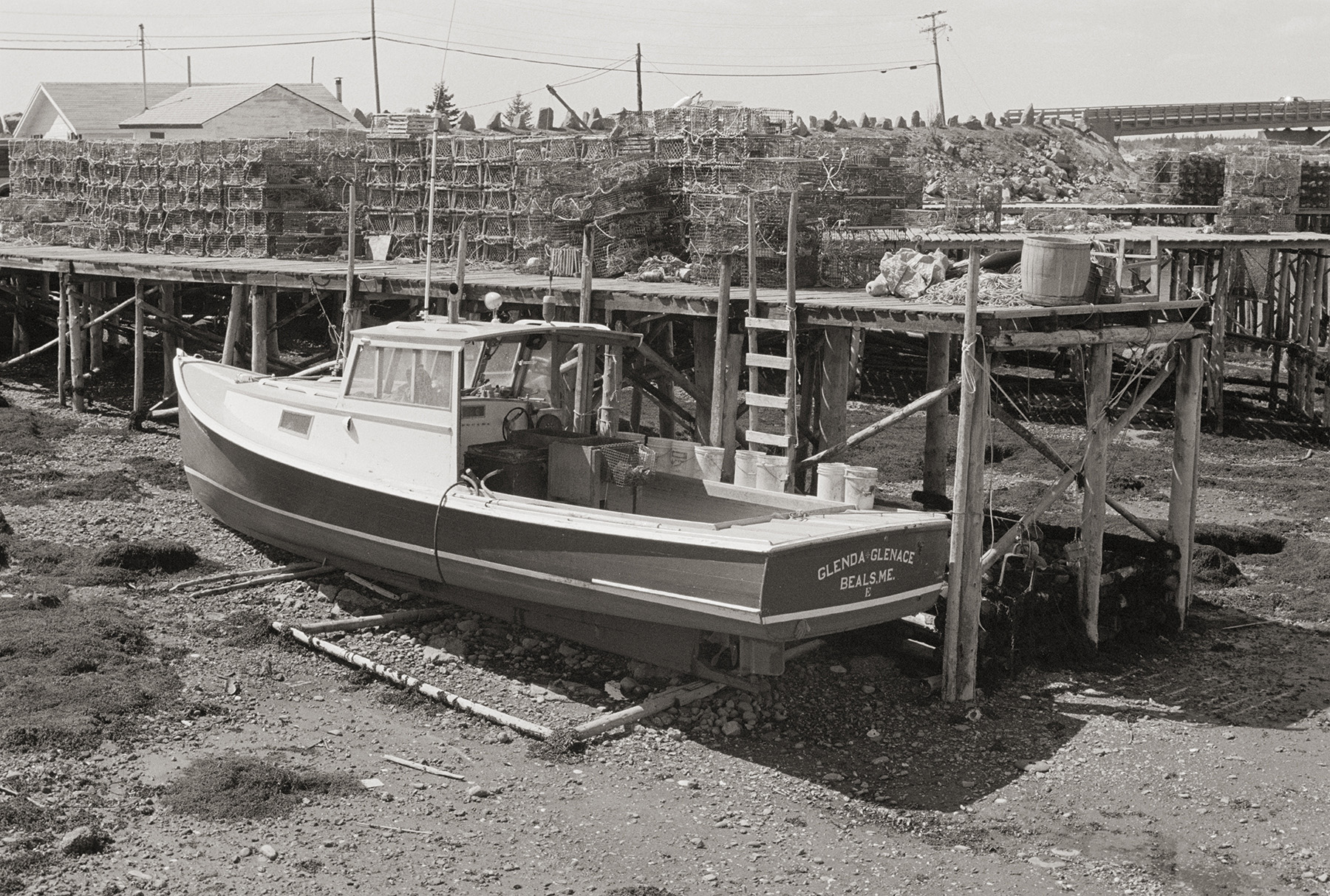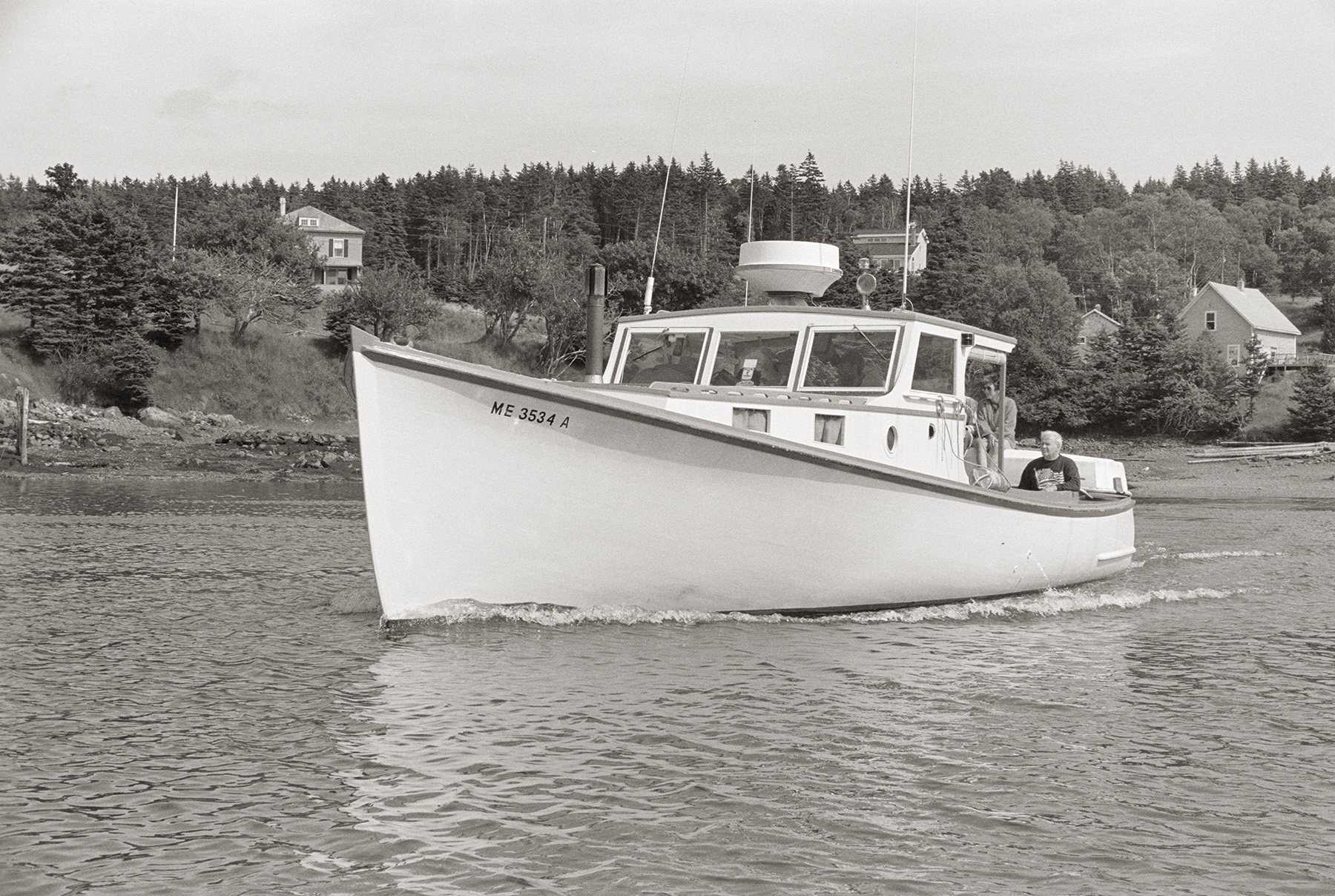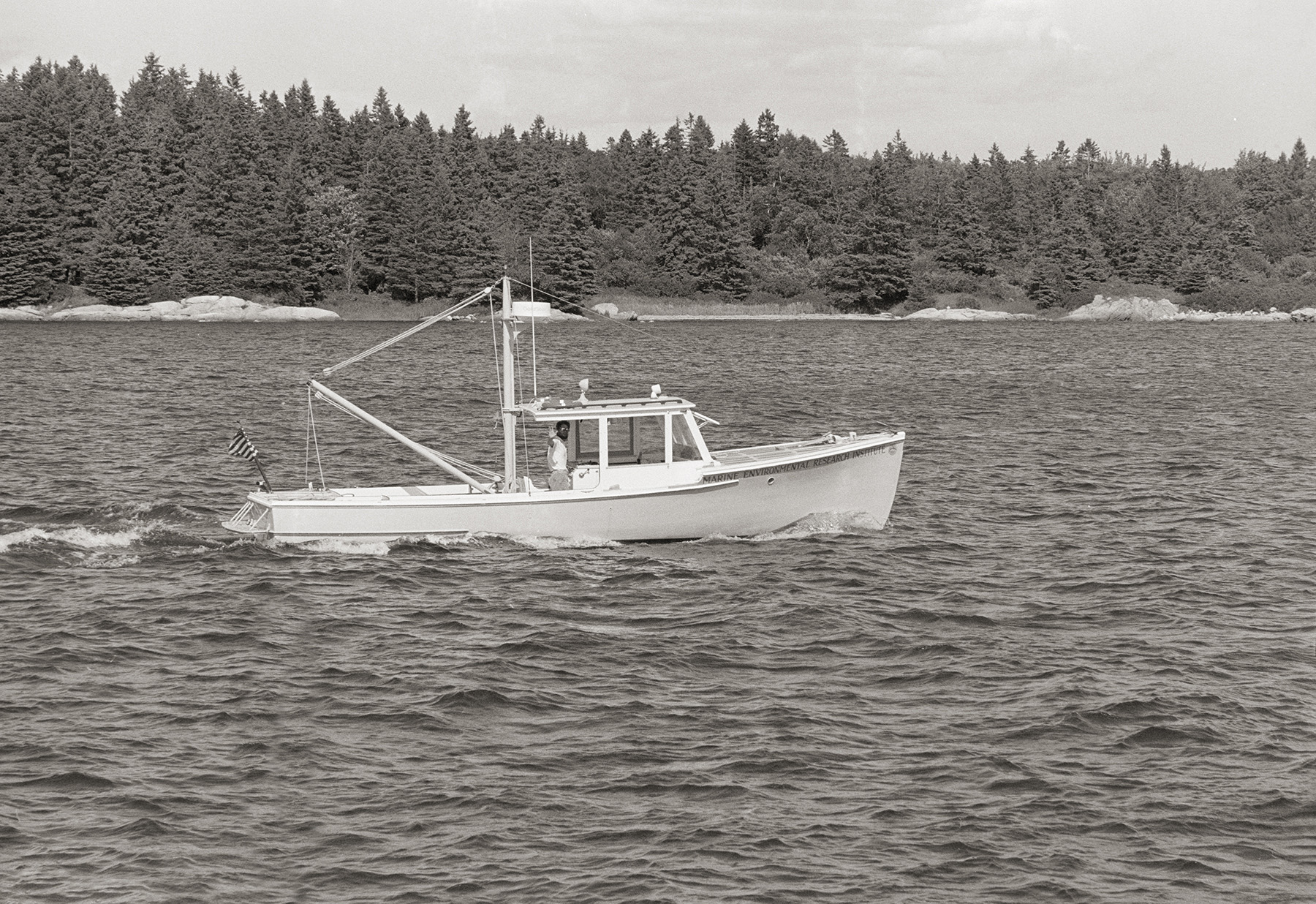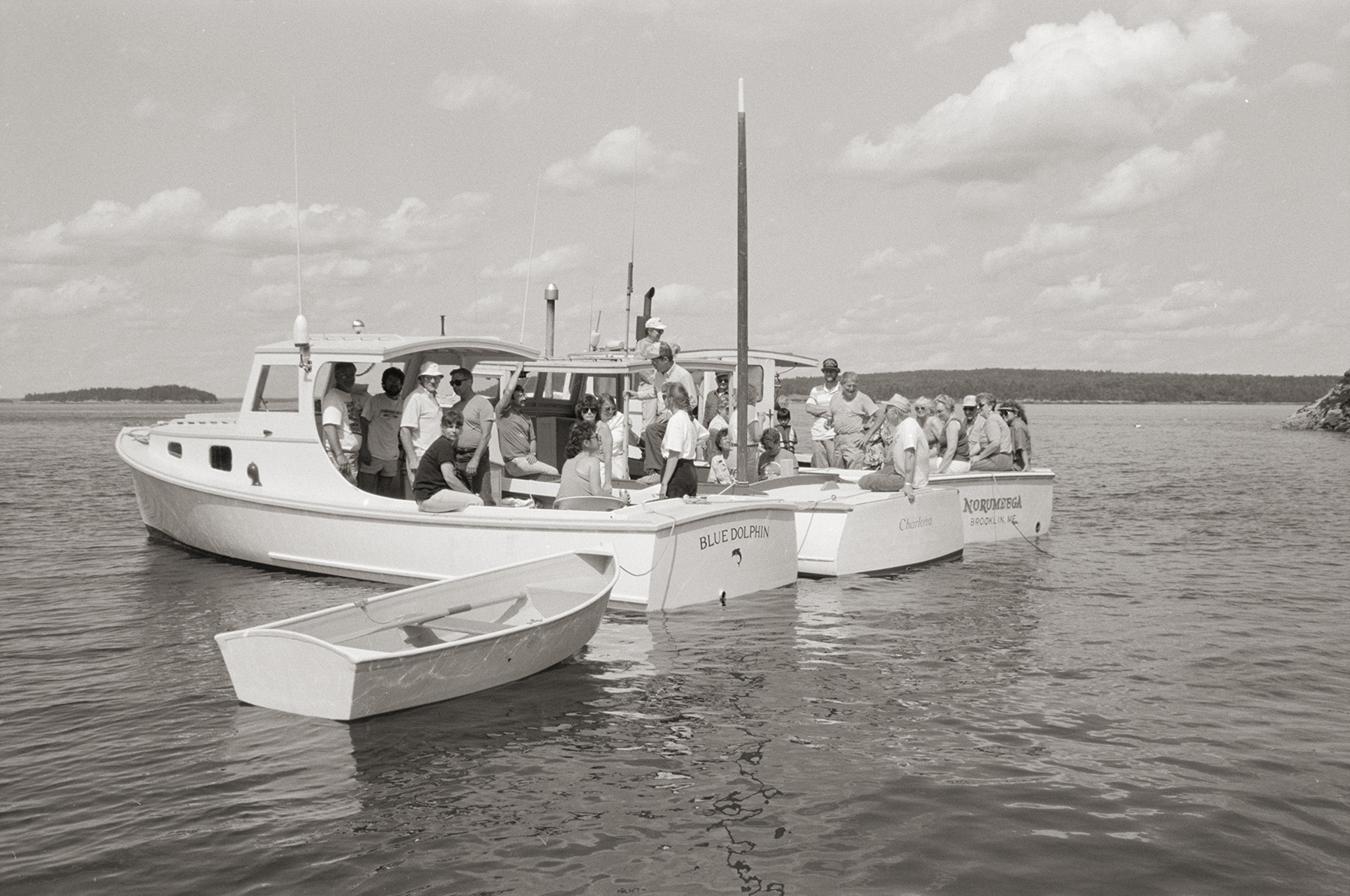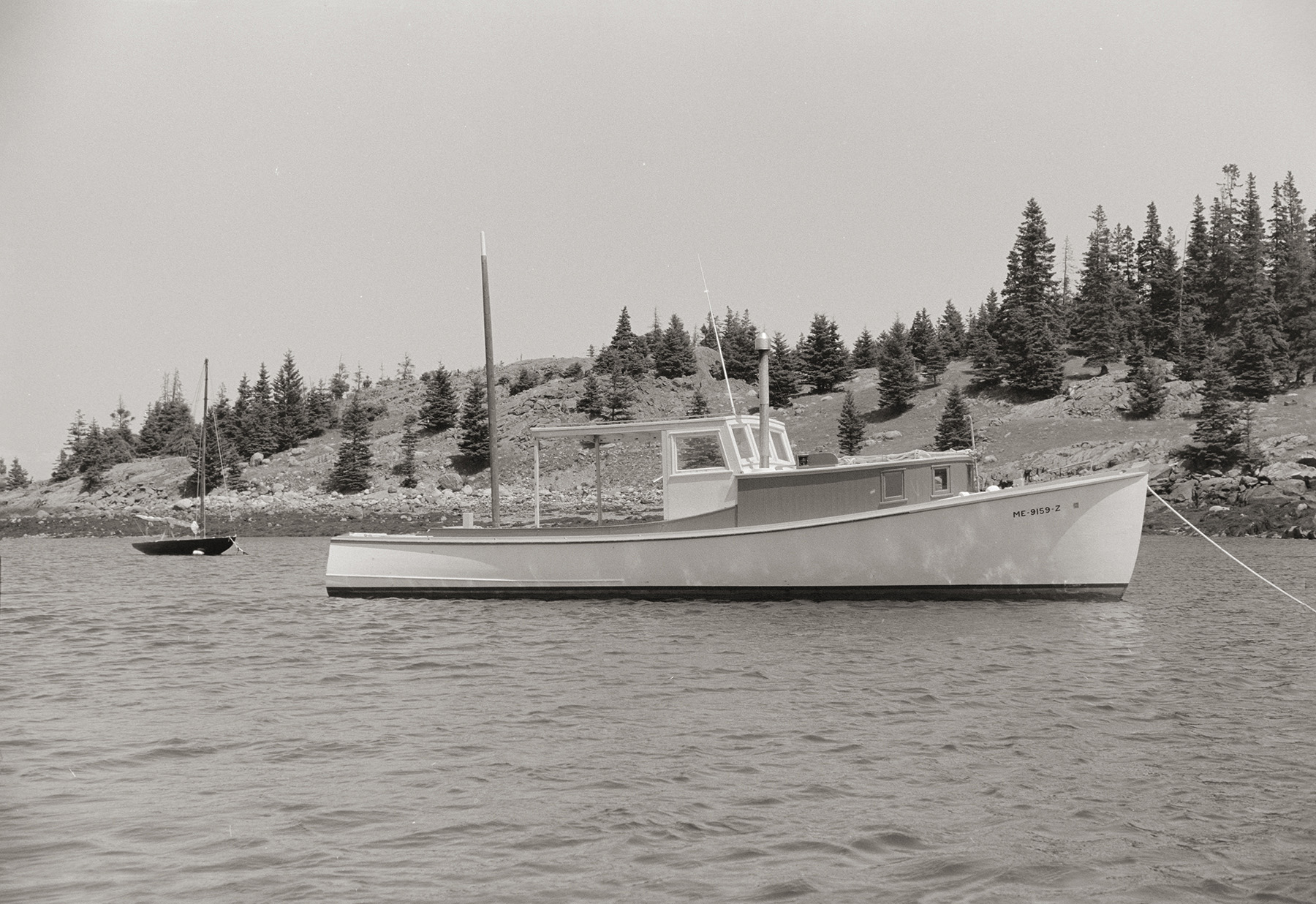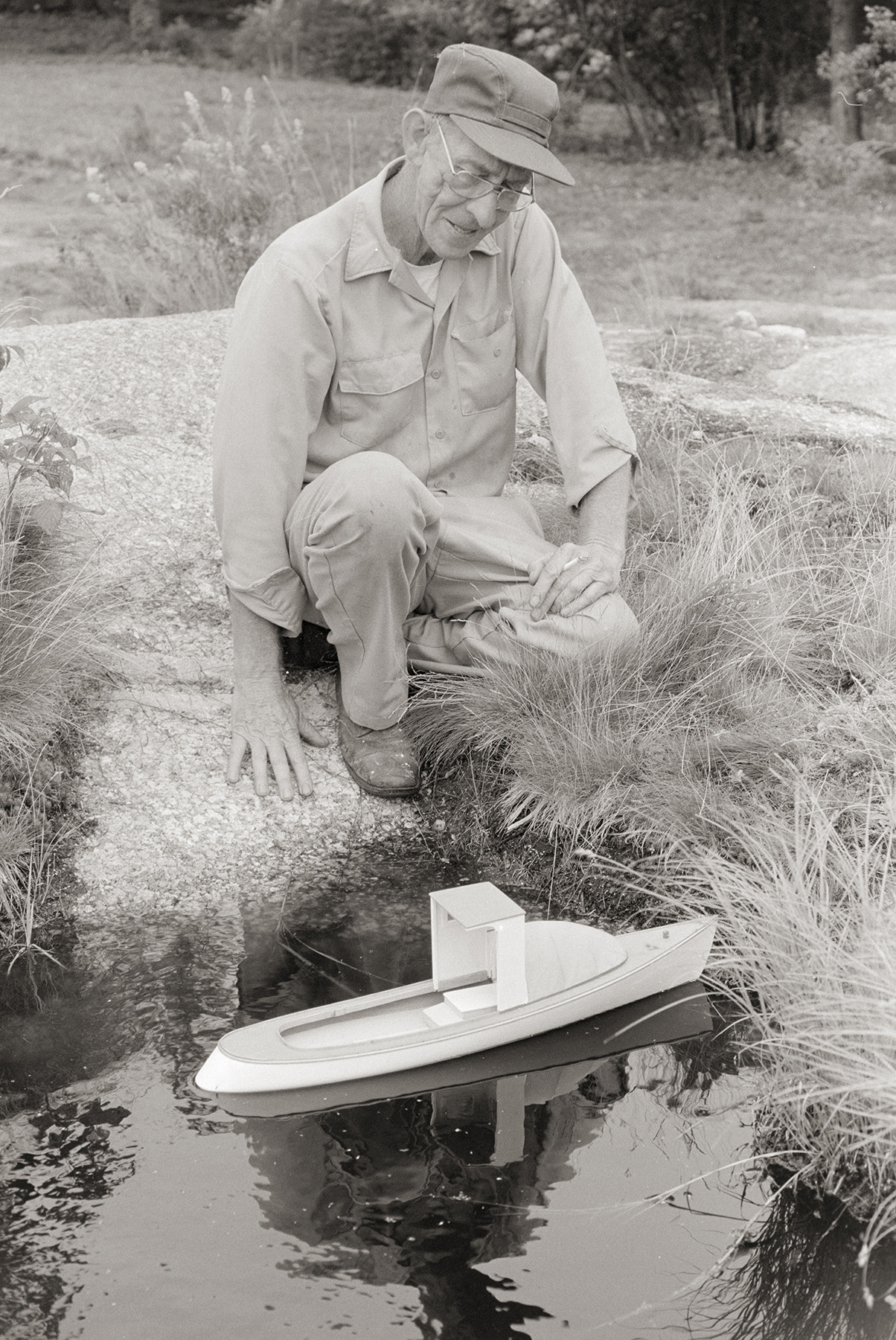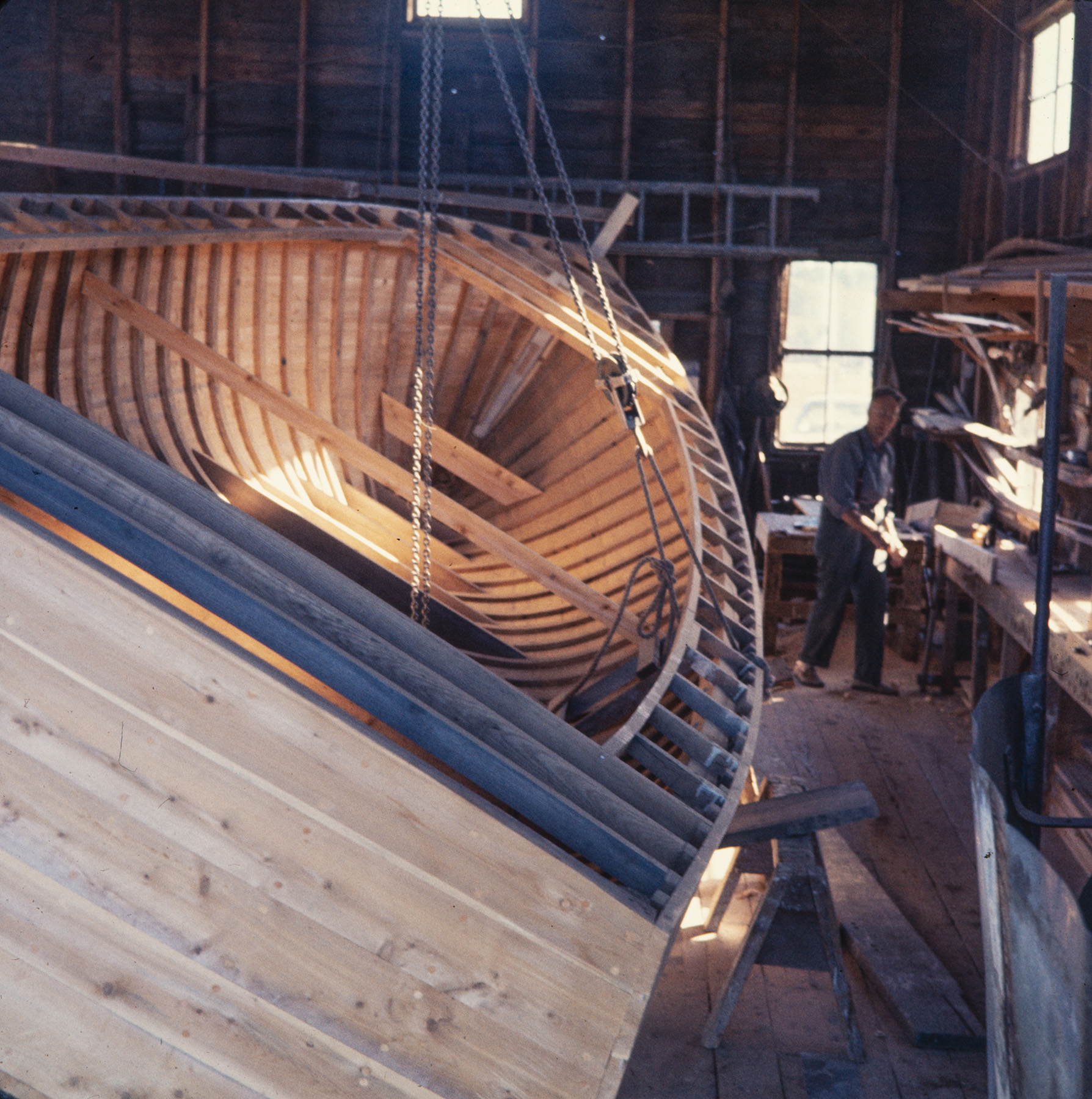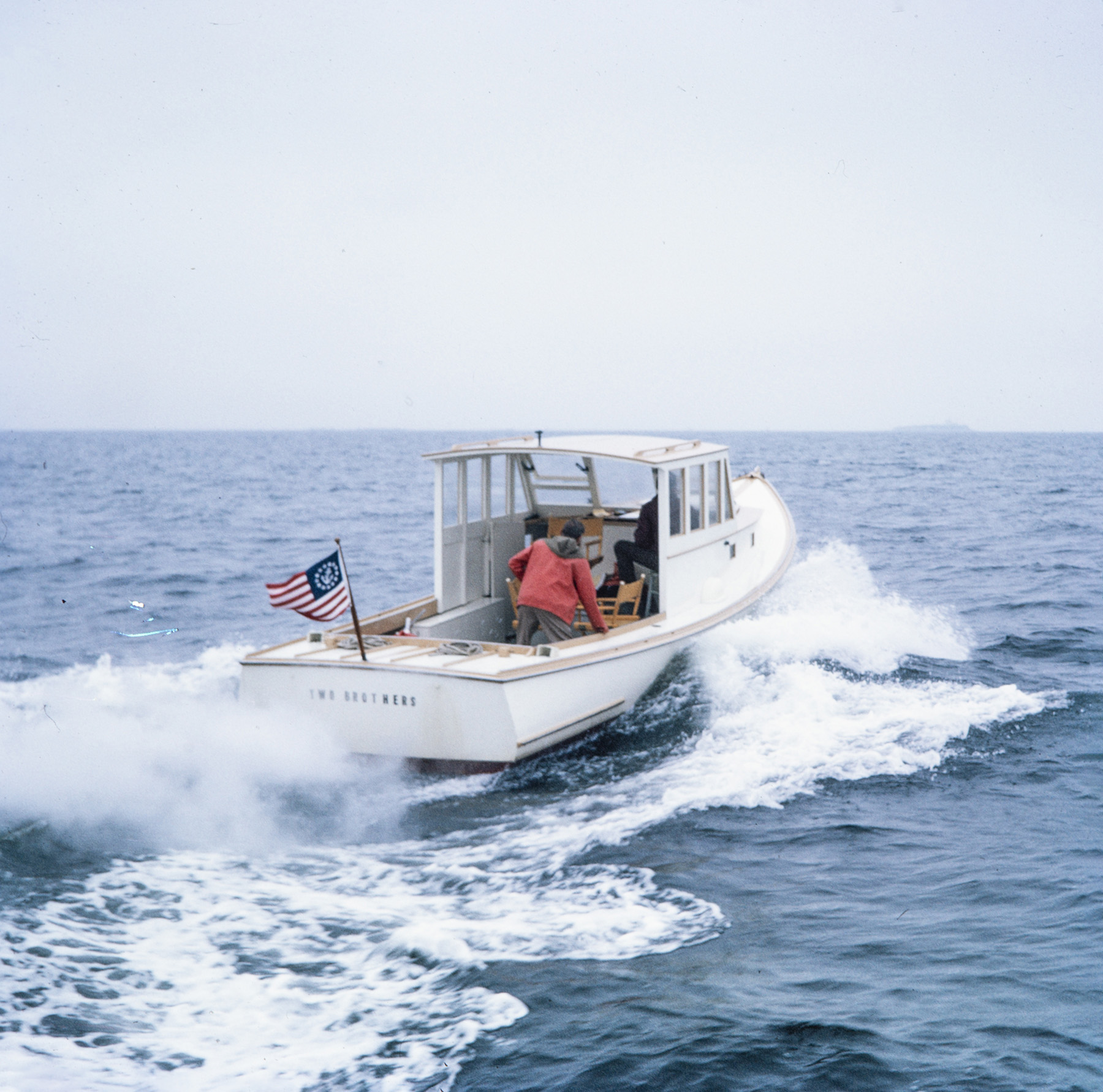The Lost Allure of the Wooden Lobsterboat
Just as soon as they could buy gasoline engines in the early years of the 20th century, lobstermen snapped them up and soon began building boats to suit. As more powerful engines emerged, the boats gradually changed shape, their bottoms looking like double-wedges: V-shaped (vertical) at the bow for knifing through the waves without pounding, then gradually twisting and becoming flat (horizontal) at the stern so as not to squat. These semi-displacement 30 to 40-foot hulls ran very well at, say, 20 mph, usually with marinized automobile engines.
The evolution continued with increases all around: more power, more speed, a sternman or two, more distance to cover, faster hull shapes, and ever-larger boats. Wood had been the universal material until the mid-1970s. Then came fiberglass, big diesels, and offshore lobstering—and this era brought forth lobsterboats approaching 50 feet in length, diesels of 1,000 horsepower, and speeds of 50 miles per hour or more.
Silhouettes are similar and strikingly handsome, no matter the era or material. High bow curving downward to amidships where the traps are taken aboard, then continuing the curved sheer aft to the transom. There’s an open-sided wheelhouse amidships, a low trunk cabin forward of it, and a huge cockpit (aka working platform) aft of it for handling the traps, carrying the bait, the fuel, and for storing the catch.
Ever passionate about all handsome boats built of wood, Maynard Bray snapped photos of good-looking lobsterboats of varying sizes, ages, and locales. His collection here at Penobscot Marine Museum is loaded with lobsterboat photos; here’s a sampling.
